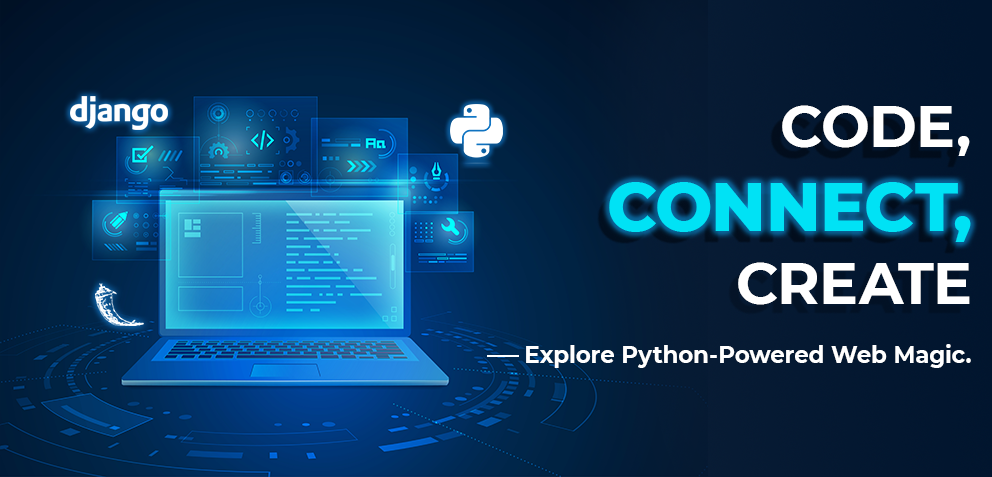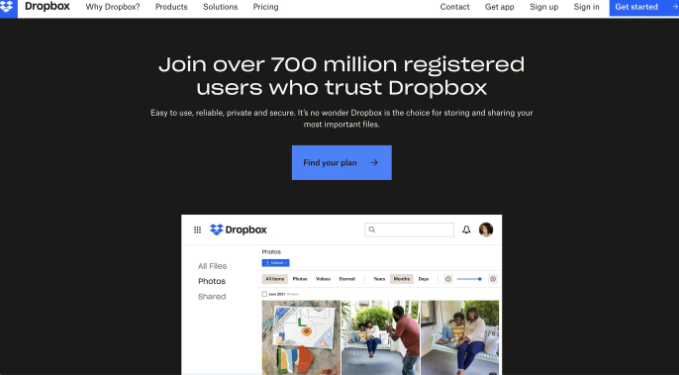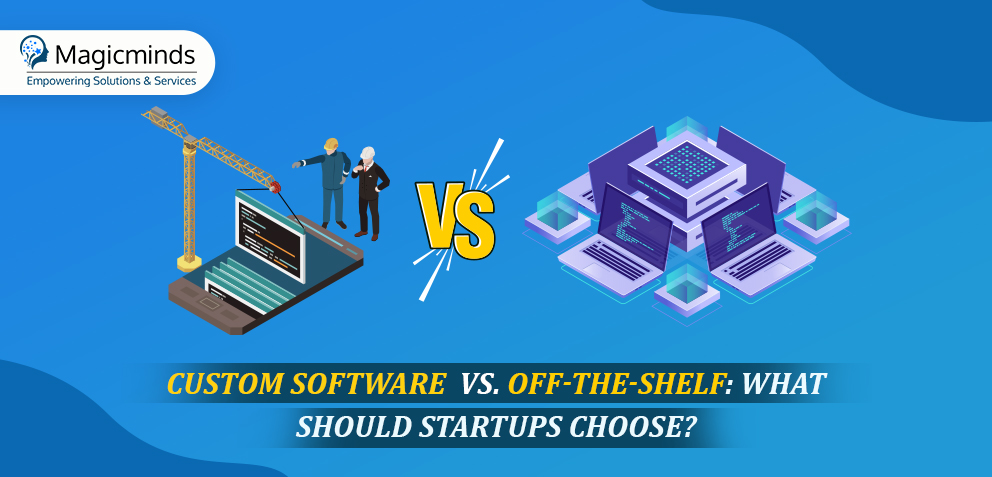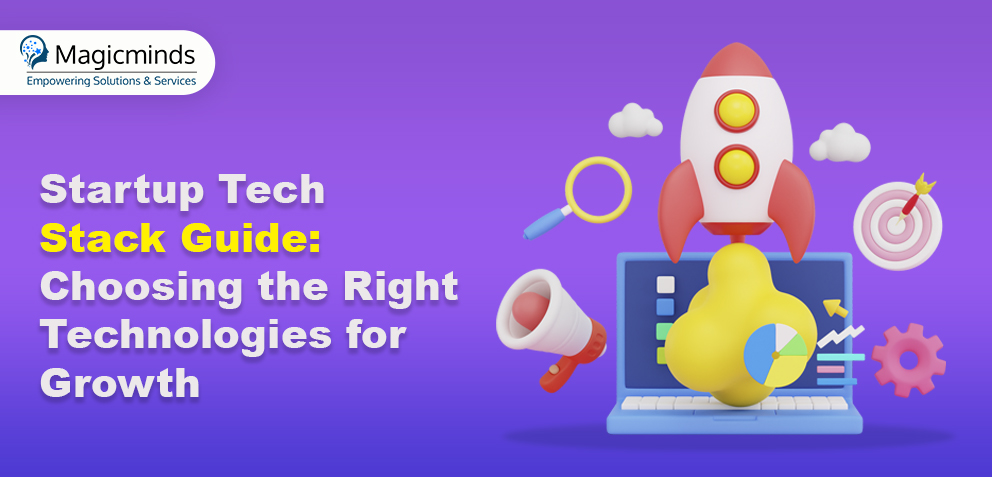Python Web App Development Handbook: The Ultimate Guide

Tags
 Stay In-the-loop
Stay In-the-loop
Get fresh tech & marketing insights delivered right to your inbox.
Share this Article
Category
- .Net Developer
- Adtech
- Android App Development
- API
- App Store
- Artificial Intelligence
- Blockchain Development
- Chatbot Development
- CMS Development
- Cybersecurity
- Data Security
- Dedicated Developers
- Digital Marketing
- Ecommerce Development
- Edtech
- Fintech
- Flutter app development
- Full Stack Development
- Healthcare Tech
- Hybrid App Development
- iOS App Development
- IT Project Management
- JavaScript development
- Laravel Development
- Magento Development
- MEAN Stack Developer
- MERN Stack Developer
- Mobile App
- Mobile App Development
- Nodejs Development
- Progressive Web Application
- python development
- QA and testing
- Quality Engineering
- React Native
- SaaS
- SEO
- Shopify Development
- Software Development
- Software Outsourcing
- Staff Augmentation
- UI/UX Development
- Web analytics tools
- Wordpress Development
Web app development using Python programming language adds versatility and scalability in creating dynamic web applications or websites. Dedicated Python developers around the world widely adopt this programming language for its simple, readable, reliable, and vast libraries and frameworks. Empowered by Python, developers can manage HTTP requests and reciprocation, data storage, dynamic contents, and business logic and build server-side logic quickly.
Our blog aims to provide you with comprehensive guidelines on implementing Python programming language in your web application development process to build a successful and innovative web application and website. So, without further ado, let’s head towards that.
Why Should You Prefer Python for Web Application Development?
Step-by-Step Guide to Develop Web Applications Using Python
Different Web Application Development Frameworks—A Quick Look
Top Examples of Web Applications Built with Python
Why Should You Prefer Python for Web Application Development?
Before knowing Python implementation steps, let’s briefly understand the competitive edge Python includes in web development. So, what’s the benefit of using Python in web development?
Code Readability
The most significant advantage of this programming language is its readable and straightforward syntax, making it quicker and easier for Python developers to write and build code, enhancing code’s readability. The intuitive and concise syntax supports developers to establish any concept in fewer code lines, streamlining the web development phase more efficiently.
Besides, Python is suitable for beginners and experienced developers to develop applications and websites easily.
Library and Framework Support
Python is enriched with extensive libraries and frameworks that simplify the development process, making it easier for developers. Popular Python frameworks, such as Django, Flask, Pyramid, and Bottle, are suitable for creating complex web applications with compelling features and stimulating web development productivity.
RELATED READ: 7 Leading App Development Frameworks for Future
Seamless Scalability and Performance
Python is widely accepted for its seamless scalability and faster performance, which is empowered to handle extensive traffic of web applications. Python’s frameworks, such as Django, effectively concurrent requests and increase server resources.
Integration
Python can effortlessly integrate with other technologies and languages suitable for web development. It supports SQL databases, such as MySQL, PostgreSQL, SQLite, and NoSQL databases, such as MongoDB.
Community Support
Python is backed up by an extensive and active developers’ community that continuously extends their hand for any support. This community ensures junior developers or beginners with frameworks, libraries, and resources personalized to web development requirements. This extended support and development-driven tools make Python a widely accepted programming language for web applications.
More Testing and Debugging Tools
Python empowers developers with robust testing and debugging tools, such as unittest, pytest, and pdb, that ensure supreme testing and debugging capabilities, allowing developers to analyze bugs early and helping the application to be faster and error-free.
Last but not least, Python stimulates the web development phase. With its simple yet effective steps, developers can build any web application rapidly and hassle-freely.
RELATED READ: Crowd-Sourced Testing 101: A Game-Changer for QA
Step-by-Step Guide to Develop Web Applications Using Python
Web applications are everywhere. If you look around, you can see from social media to eCommerce, web applications influence every sphere.
Now, what are the steps to build web applications using Python? You must be wondering about that. However, brace your heart as we have listed the steps to implement while curating web applications using Python. So, let’s delve deep into it.
RELATED READ: PWA Development: How to Evolve Your Business in 2023
Install Python
The first thing is first. You must consider installing Python on your system first. For that, you can visit the official website of Python and install the newest version of Python that aligns with your operating system. To complete the setup, you should strictly follow the instructions mentioned on the official site.
Go for the Development Environment
Hold on! Before you start with web application development, it is crucial to build a development environment. You can have a separate folder for the project and create virtual environments for isolating the dependencies.
The virtual environment is essential for project-oriented package maintenance while preventing disputes with other Python installations. Tools like virtualenv or Python’s in-built venv module are suitable for curating and managing virtual environments.
Select a Web Framework
Python comes with extensive and superior-quality frameworks, maximizing web application development. The most popular Python frameworks are Django, Flask, Pyramid, Bottle, and Tornado, which offer powerful tools that ultimately stimulate the development phase. Practice researching these frameworks extensively to understand which best suits your project requirements.
Install Dependencies
If your virtual environment is on, you can install the selected web framework and other needed dependencies using the package manager pip. For instance, when you are using the Django framework, please run ‘pip install Django’ to install it.
Go for the Designing Part
How can we avoid mentioning the importance of compelling design while starting with Python? For a successful web application development, solid designing is critical. You must create a wireframe, define user stories, and map out the web application’s infrastructure for a well-structured and built web application using Python.
RELATED READ: UX Mastery: A Blueprint for Mobile App Development Success
Seamless Configure Setting
The web application must include a configuration file section incorporating your project specification settings, like database connectors, static files, and security options. You should locate and edit the configuration files for the preferred frameworks per your demands.
Define the Models
Models refer to the structure and relationship of your web application’s data. Framework, such as Django, supports a declarative syntax that is a doorway to database tables. Define the models to represent the data in your web application.
Seamless Database Integration
Python web frameworks are empowered with built-in support functionality for communicating with databases. Arrange the database connection settings in the framework’s configuration file folder and use Object Relational Mapping (ORM) techniques to connect with the database using the Python code.
Create Templates
Templates are essential to convey the concept of the web pages. Alluring templates are always welcome to design and engage the web application’s structure and presentation. And you can create views that manage request processing logic and generate responses. Clarify and modify your views for handling specific URL routes and connect them to the relatable templates.
URL Routes
Map and arrange URL route mechanisms that your web application incorporates. This ensures that the incoming URLs with specific views or functions are mapped within the application. Have clarity over the URL patterns to manage multiple routes and identify the relatable view or function for invoking.
Manage Form Submission and User Input
If the web application demands form submission and user input, you can use the framework’s features for managing form processing, validation, and data resolution.
Secure the Application
Python ensures the security and privacy of application data—for Python, security is paramount. Introduce user authentication and authorization steps to protect vital user data and control user access through Python’s authentication libraries. This mitigates data risks and prevents cyber attacks.
RELATED READ: 2023 Mobile App Development Security: Essential Guidelines
Apply Business Logic
Maintain proper documentation to write the essential code for incorporating the web application’s business logic. This process includes maintaining user authentication, applying business rules, data processing, and combining with external services or APIs.
Test, Test, and Test to Find Bug
Write test scenarios to ensure the functionalities and accuracy of the web application. This enhances and streamlines the application’s performance more than before. Python frameworks offer tools and testing frameworks, maximizing the testing procedure.
Besides, include debugging tools for detecting bugs and errors early while nipping them from the bud during development. So that it does not hamper the application’s functionality, providing an error-free and bug-free smooth application.
RELATED READ: Manual vs Automated Testing: What’s Best for You?
Seamless Deployment and Maintenance
So, we’ve come to the end, which is the deployment stage. Once your web application is built, go for a suitable application hosting environment and deploy the web application. Check if the server environment matches the required aspects, such as security, performance, scalability, reliability, etc.
Last but not least, be active on the web application and regularly update the application according to the needs, ensuring optimized application performance.
Different Web Application Development Frameworks—A Quick Look
Python has a wide range of web frameworks that support scalability and faster performance of web applications. Let’s check what are the popular frameworks of Python.
Django
Django is considered a high-quality framework well known for its ‘batteries included’ formula. Django offers ORM for database, URL route, form management, authentication, etc. Following the Model View Controller (MVC) architectural approach, it aids in developing complex web applications quickly using the functionality of the comprehensive tool.
Flask
Being a lightweight and flexible framework, Flask is often considered a micro-framework. Flask offers URL routes, rendering templates, request management, etc, making Python more suitable for developers to build an application’s structure swiftly. Flask prefers a minimalist idea and is suitable for curating small to medium-sized projects.
Pyramid
Powered by scalability, reliability, and flexibility, Pyramid is paramount in balancing simplicity in the application. It supports a minimalist approach, enabling developers to build applications with their required components effortlessly. Offering rendered templates, URL dispatch, cache, authentication tools, and internationalization, Pyramid is ideal for handling small to enterprise projects.
Bottle
Bottle supports easy learning and use, which makes this minimalist web framework preferable for managing small projects. Although it offers simplicity, Bottle can be used to get rendered templates, URL mapping, and manage HTTP requests and responses.
Tornado
Scalable yet robust, this web framework is the best choice for application performance and high-traffic management. Tornado is efficient in handling multiple connections and provides real-time functionality hassle-freely.
CherryPy
This framework offers a faster, scalable web application that is preferable for HTTP requests, URL mapping, and any session handling. Use CherryPy for a standalone server or collaborate with others to handle small to medium-sized projects and APIs.
Top Examples of Web Applications Built with Python
You would be surprised if we revealed the top web application example built with Python. Hold tight, and let’s explore the list.
Dropbox

Dropbox is considered one of the most popular content hosting services worldwide. IOS, Android, Windows, Linux, and Mac adopt it.
Dropbox prefers Python for the client and server side, and it helps to evaluate the code lines smoothly, increasing the application’s productivity.

Instagram has used Python’s popular framework, named Django, for its high-quality image and video streaming features.
With Python, Instagram can check its servers swiftly, providing compelling and smooth user satisfaction, which helped this platform gain over 1.28 billion users worldwide.
Netflix

Adopting Python’s intuitiveness, flexibility, and scalable features, Netflix has acquired more than 220 million paid subscribers globally. If you analyze, Python is closely related to Netflix as Netflix developers make the most of Python using its machine-learning algorithms for providing tailored recommendations to users, security tools, and content distribution networks (CDN).
Besides, Netflix developers use Python libraries, like Pandas, NumPy, and SciPy, for streaming quality video content without interruption.
Uber

Uber is a famous global transport service provider and uses Python for its backend and front-end functionalities. For instance, using Python, this app can predict demand and supply, transport arrival and drop time, and road traffic and is good at handling extensive data.
Spotify

With 433 million active global users per month, Spotify is considered a giant in the music and podcast streaming realm. Those days are long gone when we used to depend on low-quality YouTube songs and downloading MP3s, and all thanks to Spotify for ensuring high-quality songs of the entire world with endless albums and brands. Spotify-dedicated developers have been using Python since June 2022 to develop infrastructure to run user forecasts.
Reddit is a popular platform for dank memes, cat videos, and tight-knit community connections and is considered the ‘front page’ of the internet. Reddit loves Python because of its readable and writable code format and ready-to-use libraries. Steve Huffman, Reddit’s co-founder, has admitted that they prefer Python for its extensive libraries, code reading, and writable features.
Bottom Line
Python is a robust programming language for building web applications and websites. With its flexible, readable, scalable, simple, and vast ecosystem, Python is a popular choice of dedicated developers worldwide. Being a solid foundation for web development, Python enables developers to curate enriched featured web applications efficiently.
Besides, if you need to hire a dedicated Python developer, you can reach us without any hesitation. So, do hire our extensive service and transform your web application today.


